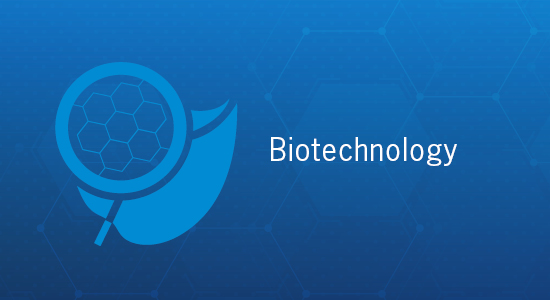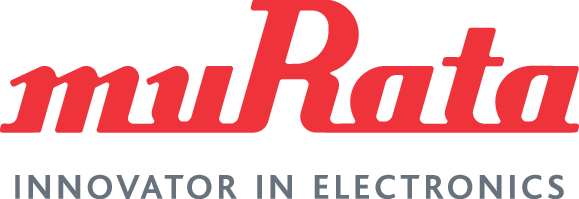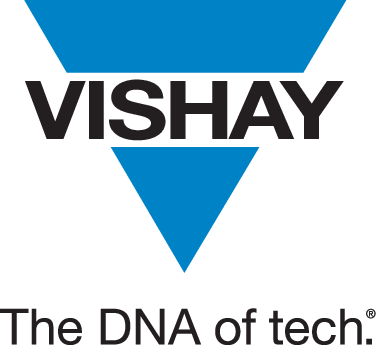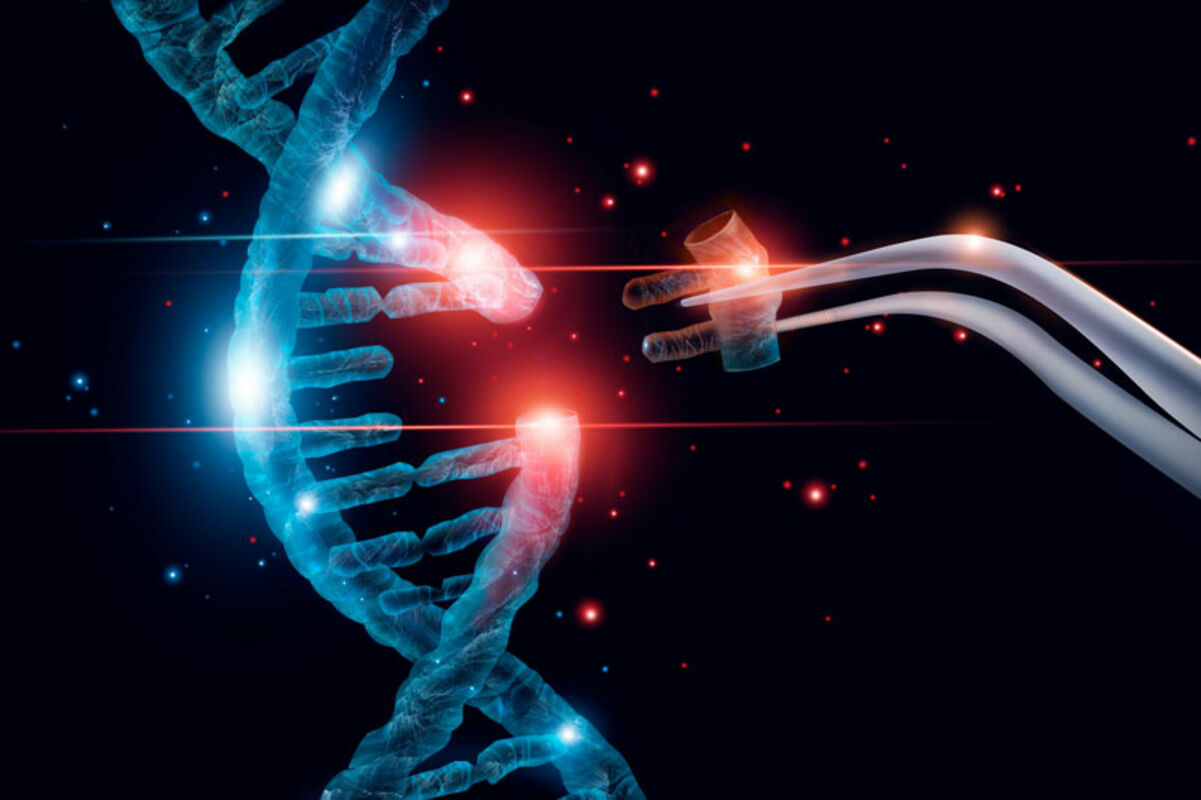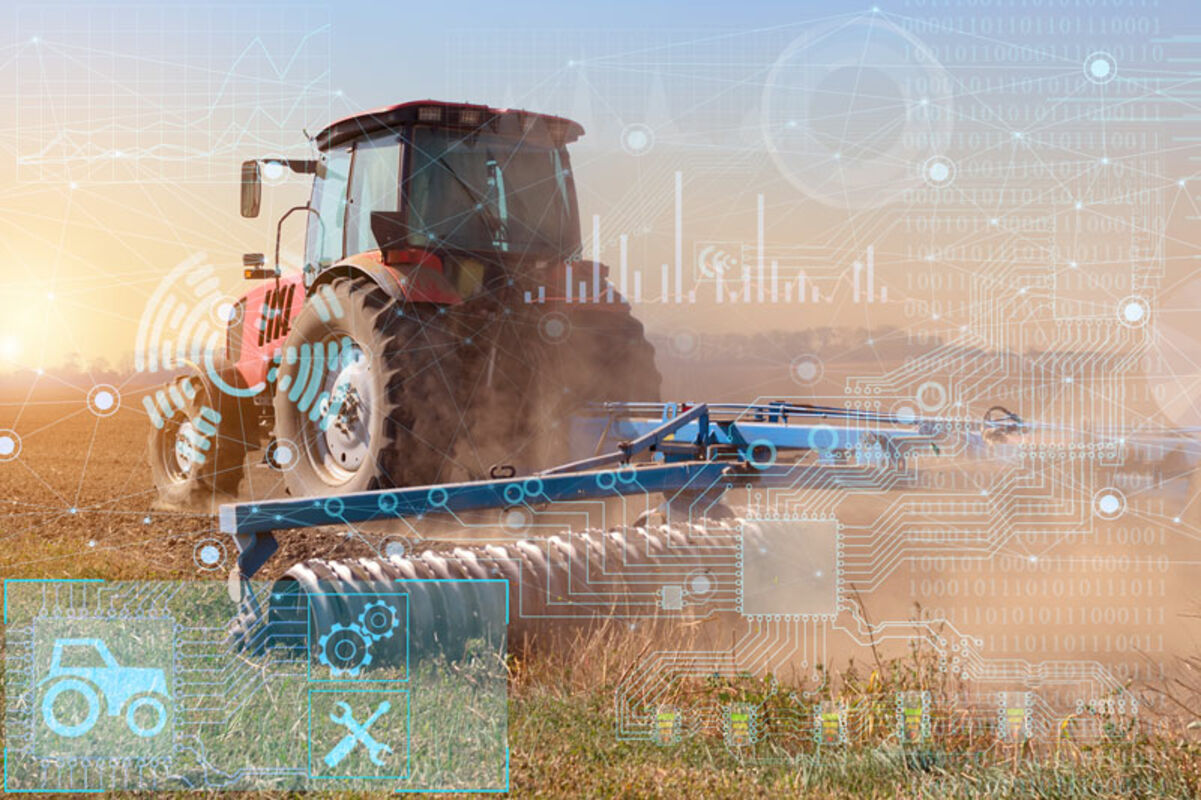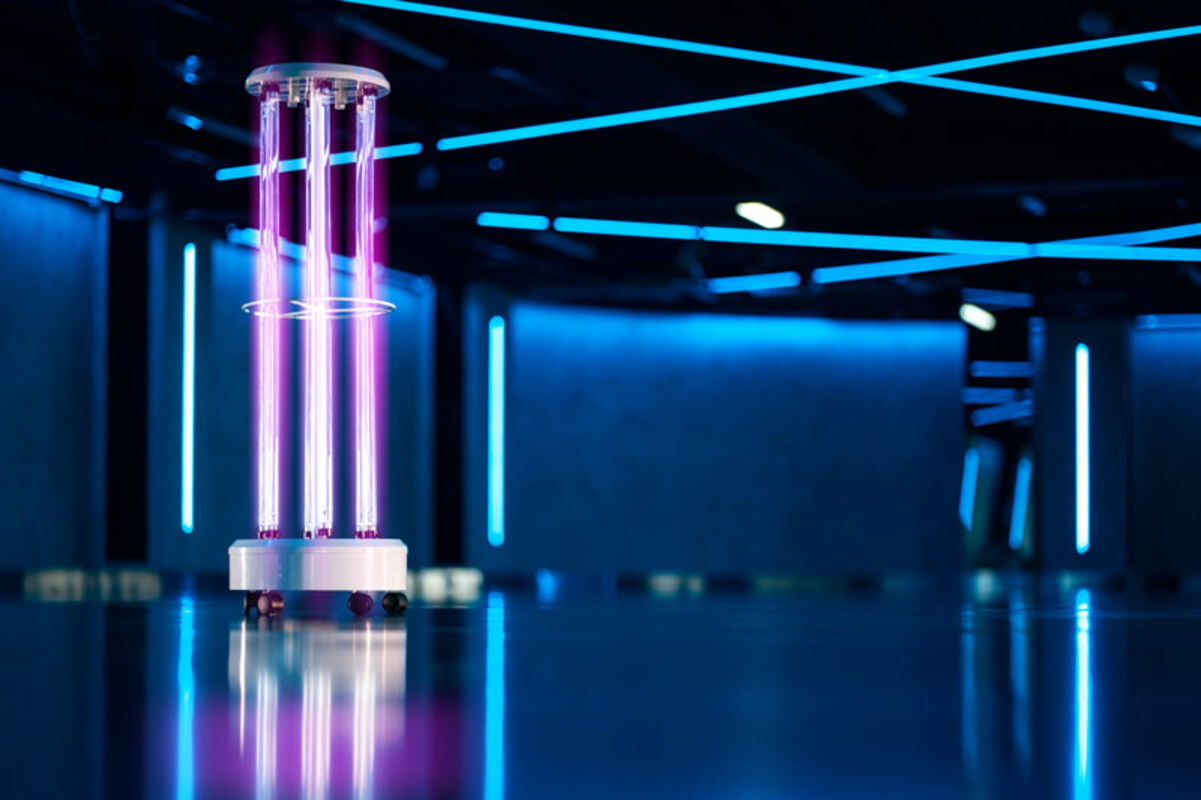Biotechnology – The Key to Solve the Problems of our Time
What is Biotechnology?
Biotechnology follows the principle of using biological processes to develop products, processes, and systems that improve our lives. In this context, biotechnology is one of the key technologies that can help us overcome challenges of our time. This results in breakthrough products and technologies that fight diseases, minimize the ecological footprint, improve food production and create more efficient manufacturing processes.
That is why we at Rutronik define biotechnology as one of our Focus Markets, which is developing rapidly and has a high innovation potential. But how can you turn innovations into practical solutions? The enormous pace of development and complexity post great challenges for application engineers. Biotechnology includes broad application areas such as horticulture, bio-interfaces and wearables, biotechnological manipulation, UV technology, or smart farming. No matter the application, we know exactly which components are best suited. Thanks to our design experience, we can advise you on how to link the individual parts to create a coherent overall system for optimum results.
Biotechnology is Everywhere
The high degree of automatisation and optimization turned for example modern agriculture into a fast-growing market with widespread application areas with proximity to the healthcare sector. Its short term economical leverage is based on data acquisition and data processing.
Possible areas of use:
- Agricultural Biotechnology
- Horticulture
- Bioinformatics and bioelectronics
- Industrial-Biotechnology
- Genomics and proteomics
- Biomarkers
- Food and nutraceutical Biotechnology
- Environment protection
- Animal protection
Any Questions? Get in Contact With Our Product Specialists


